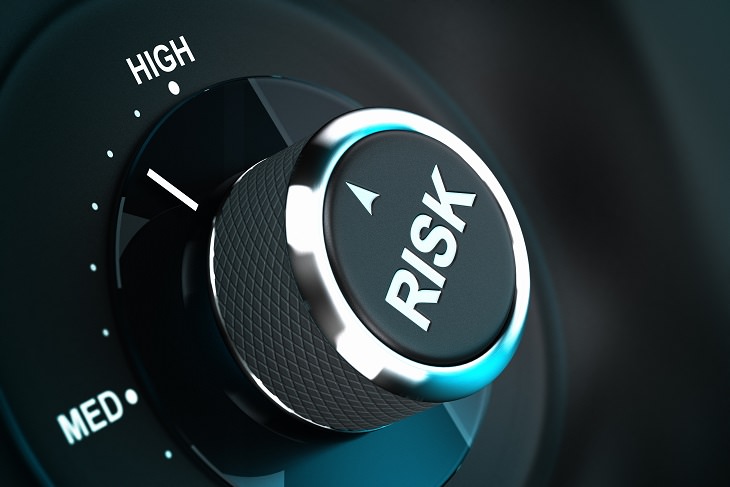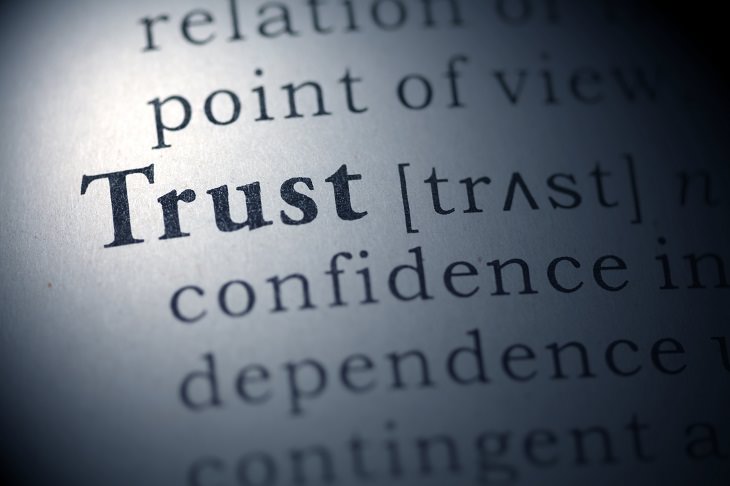How to Tell If A Website Is Dangerous
Views:
9703
Likes:
297
Nowadays, it's not easy to tell whether a site is safe to visit or not. Many dodgy and dangerous websites are being designed to look respectable.
Therefore, you should always make sure that the page is safe before
visiting – there are multiple ways you can do this. It's especially
important to check out the safety of the website before providing
sensitive information such as your credit card numbers, banking
information, you email address and so on.
In general, you should be wary of a site which asks you for unnecessary personal information or a credit card or bank number. This is usually strong evidence that the site is trying to steal your personal and sensitive information. Furthermore, you should also be wary of sites which offer something too good to be true, has intrusive adverts, multiple popups, or tells you that to install a plugin to view their content.
For such sites, you should definitely consider using the methods below to determine whether the site is safe to be visiting.
How to Investigate a Site before Visiting

If the source of a link seems
suspicious, for instance if it came to you in an unrecognized email, we
would recommend that you don’t click on it until you are 100% certain
that the site is safe. To copy the link for analysis, without having to
visit the site, you can just right click on it and select “copy link
address”. However, if the link appears as a shortened URL, you must
first unshorten it before testing – if you don’t do this then the
analysis will actually just test the safety of the site that shortened
it.
To unshorten the link all you have to do is visit this site and paste your shortened URL into the box. This will provide you with the actual URL, which you can then copy and paste into the sites below.
To unshorten the link all you have to do is visit this site and paste your shortened URL into the box. This will provide you with the actual URL, which you can then copy and paste into the sites below.
General Approach to Analyzing Sites
1. Check Site Using Zulu URL Risk analyzer and Comodo Web Inspector

The first thing we would suggest doing is copying the website’s full URL into Comodo Web Inspector.
However, this analysis can take a while, as it does an in-depth
real-time analysis of the site in question to check for malicious
software. Once it has finished analyzing the site it will present you
with its findings. If the website is rated High Risk, it’s very likely that the site is dangerous. If it is rated as Suspicious, the site is probably dangerous.
- Advertisement -
If you want a second opinion, copy the URL into Zulu URL Risk Analyzer.
After it has finished analyzing your URL, it will provide you with an
overall risk score of how dangerous the site is – the score ranges from
0-100, with a score of 100 being very dangerous. While we have seen it
rate a safe site as Suspicious, we have never seen it rate a safe site
as malicious. Therefore, if it rates a site as malicious you can be
pretty sure that the website is dangerous.
2. Check Site Using VirusTotal and URLVoid

To check the site against an extensive database of known dangerous websites you should paste the website’s URL into VirusTotal.
If the site was rated a while ago you should select the option to
rescan as new dangers could have been added to the site since it was
last scanned.
Also, copy the URL into URLVoid. This is a similar site to VirusTotal since it also checks the site against an extensive blacklist. If presented, select the option “Update Report”, as this will provide you with the most recent results.
Also, copy the URL into URLVoid. This is a similar site to VirusTotal since it also checks the site against an extensive blacklist. If presented, select the option “Update Report”, as this will provide you with the most recent results.
3. Check Reputation of site Using Web of Trust (WOT)

Another very useful aspect of WOT is that most popular sites should already have been rated. Therefore, if you find yourself on a popular site such as Paypal, Gmail, Facebook and so on, but WOT says that the site is yet to be rated, it may be that you’re on a phishing page.
No comments:
Post a Comment